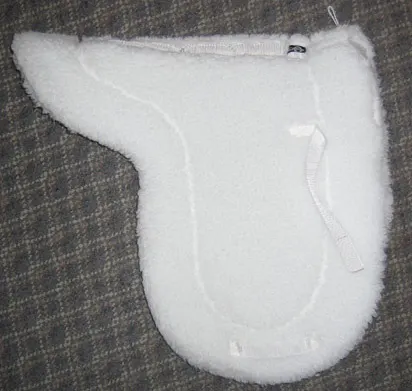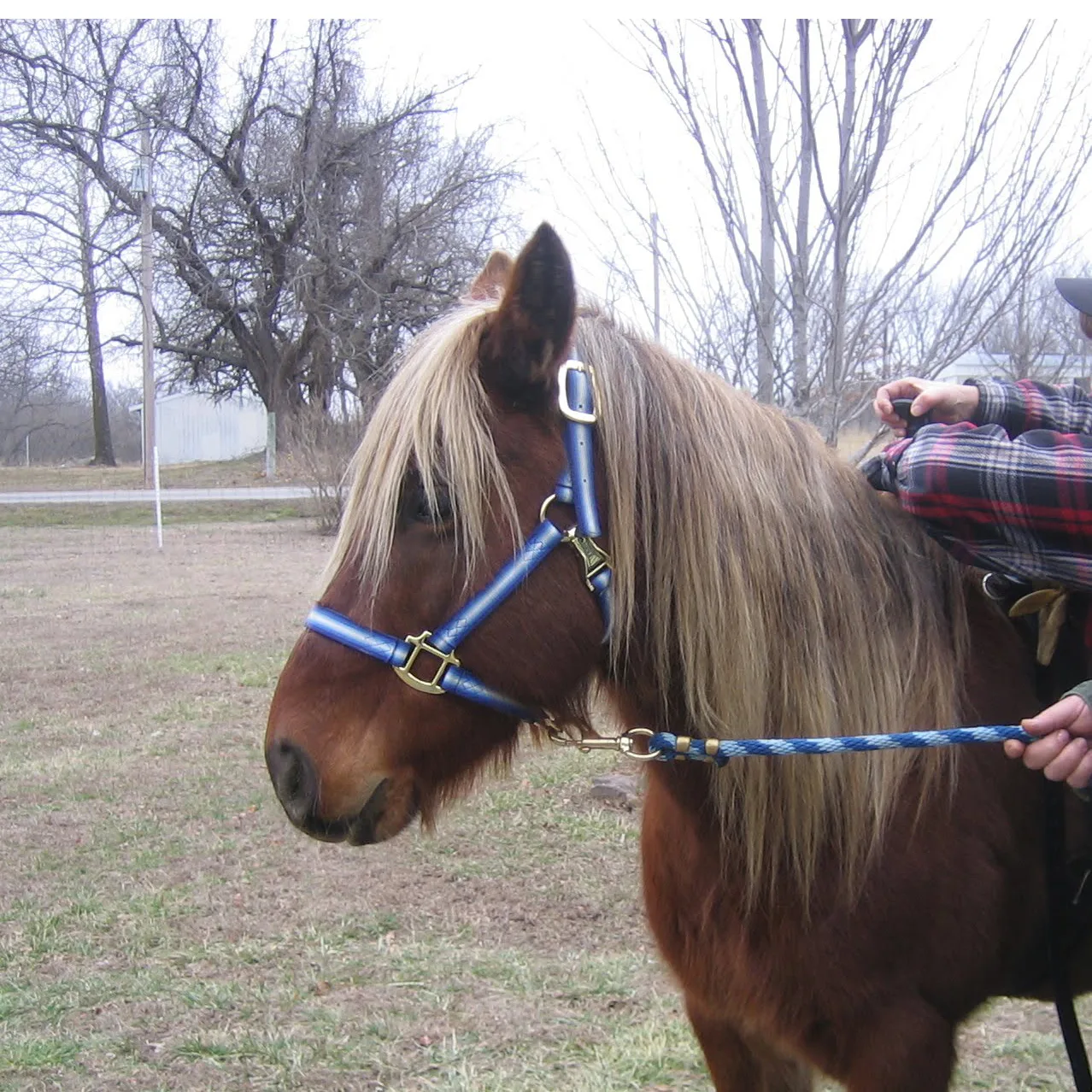The phrase “wet saddle blankets” is a metaphor. It’s not literally. Instead, it refers to how damp a saddle pad gets from sweat during an intense ride.
Definition of Wet Saddle Blankets:
When people say that a horse needs “wet saddle pads,” they aren’t suggesting you ride with a damp saddle pad! Instead, they’re actually saying the horse needs lots of regular riding- the kind of riding sessions that leave saddle pads wet with sweat. By the time a horse has enough rides to accumulate a lot of “wet saddle pads,” they’ve usually learned, through repetition, practice, and conditioning, to be a safe and fun horse to ride.
Where this Saying Came From:
This phrase probably originated from the old west. In the era of cowboys, horse trainers believed that good horses were made through being worked hard and often.
A book published in 1960 about early Californian Vaqueros reported that “The vaquero says that there is never anything wrong with a horse that wet saddle-blankets won’t cure.”
There, in the hot temperatures of the west and southwest, trainers often worked a group of horses through a month-long training program. The horses were usually ready to go into work about the time they’d had 30 days’ worth of training sessions – each of those rides so intense that each had soaked a saddle pad.

How this Saying is used today
Over time, it’s likely that a casual comment by a horseman saying a horse “needed wet saddle blankets” became understood by other horse people as a metaphor for a period of consistent, intense training.
The horse world has lots of jargon terms, and this can be one of the more confusing. Jargon shared by people in a particular profession or hobby is a way to communicate in shorthand. Sometimes, jargon in horse barns is used as a way to identify “real horse people” from new riders. It pays to brush up on your understanding of horse jargon phrases like hot horse, green horse, or wet saddle blankets!
Is it good or bad when someone says your horse needs wet saddle blankets?
If someone says this to you, it means they think that your horse needs many workouts of the kind that leave them hot and sweaty. Often, it’s a compliment! It’s equal to saying “With practice, your horse has potential!”
Depending on the context, it might be a huge compliment. For example, if someone says “a few wet saddle blankets are all you need to make it into top tier competition next year,” it’s a very good thing.
However, if someone says “with a lot of wet saddle blankets that horse might eventually be safe to trail ride,” it’s not really a compliment at all, and more of a negative comment about how skittish or stubborn your horse is.


Don’t Literally Ride with Wet Saddle Pads, here’s why
Some people, after hearing this phrase, have taken it literally! Though perhaps the equestrian equivalent of an urban leged, I’ve heard of it happening. An old trailer told me about a client who, on his suggestion using this metaphor- did it literally! They soaked the saddle pad before mounting up, and rode their horse with a wet saddle blanket.
Starting a ride with a wet saddle blanket is dangerous and can cause saddle sores or worse. Water-soaked saddle pads can’t breathe, like dry fibers. Wet saddle pads also increase friction under the saddle. Both of these things can produce saddle sores that will make it impossible to ride at all until healed.
Like horse coolers, saddle pads wick sweat away from the body. They do become wet during an intense workout on a hot day, but if the saddle pad starts dry it works by wicking water away from skin and fur- keeping horses more comfortable and able to learn.
Wet Saddle Pads = Routine, Consistency, and Practice
Horses are creatures of habit and routine, it takes many many repetitions for a horse to learn something. It takes even more practice for them to learn to string behaviors together. These behavior chains are what we need them to learn in order to navigate around barrels, perform a dressage test, or just overcome their arena sour and rider-leg rubbing problem behaviors.

This is why it is important to have a regular workout schedule for your horse. If you do not work them regularly, horses are more likely to become dull to a rider’s aids, less able to balance and keep a rider safe, and generally less fit. However, if you work them too hard (for example, hard rides multiple times a day) horses can become exhausted and may even injure themselves.
The key is to find the right balance of work and rest for your horse. This will vary depending on the individual horse and their level of fitness. It is important to consult with horse professionals to create a workout plan that is right for your horse.
Working your horse to the point of a sweat-drenched saddle blanket is not cruel- for many horses, this level of intense training is necessary for their wellbeing. They might not enjoy the training process, but well-trained horses are easy to ride and easy to sell- meaning that these wet saddle blankets can produce a horse that is loved and well cared for for the rest of their life. Work with your horse and a trainer (if you can find a good horse trainer) to find the right balance of work and rest to keep your horse happy and healthy.
